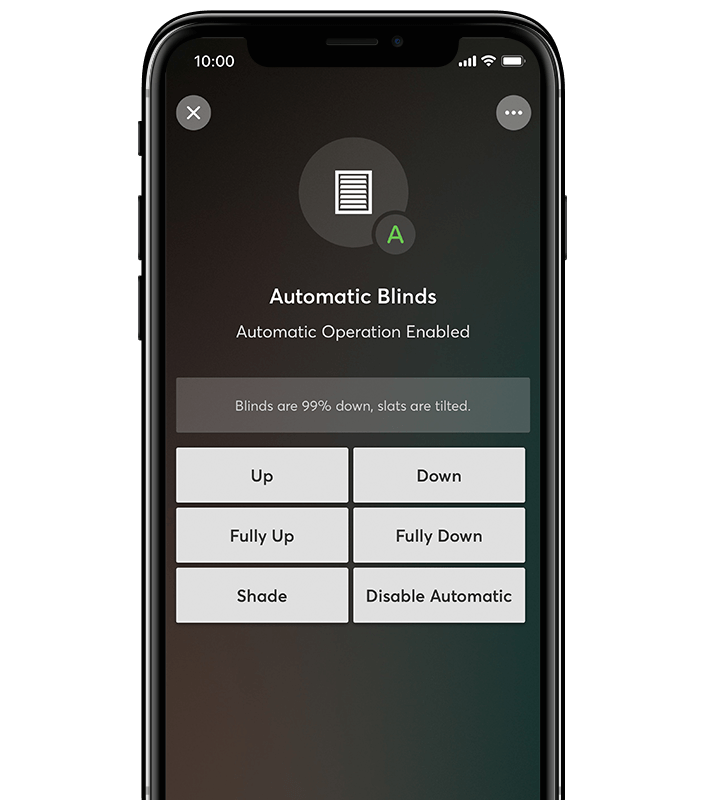
If you are game you could DIY a Loxone install, it may be cheaper than you think. These figures are best guess assuming that you can find some form of lighting control packs at £40 per circuit. Ancillaries and unexpected £200.Īs a DIY you may be able to deliver something for maybe £1500.

You will need a LOT of cable as each light circuit and switch will need wiring back to a central node - £300, switches and light fittings (assuming very basic plastic wall switches and pendants) £100. Electricians time to commission and issue a minor works cert or Part P - £300. Some form of basic control system to control these lighting packs £150. Then you would need a power feed to each one in some sort of enclosure £100.

So the controllers (if you can get them at £40 a circuit) would be £400. Assume that a standard 3 bed, with an upstairs bathroom, downstairs loo, kitchen, dining room, lounge and hall would require a minimum of 10 lighting circuits. Quality tends to have a threshold that when you go below it, you are in danger of not meeting the quality / safety required for a permanent installation.īased on experience (this is my experience) anything below around £40 per lighting circuit (a circuit been whatever one switch is controlling) as a lighting pack/dimmer is likely to be questionable. I think that my concern would be that I would want something that was CE Marked to provide power / dimming to each lighting circuit for safety and reliability.

The green part is used in our house at once, blue goes into the battery and red is exported into the grid.

This first graph shows the usage of solar power (what is the power from the solar panels used for?). Using a Sensor Factory sensor in PRTG I created two derived sensors that display the data in easy to read graphs: This script gives me the following metrics in PRTG: Write-host "Sending PRTGRESULT to STDOUT" $prtgresult Ending with EXIT Code" ( $prtgresult).prtg.error Write-host "Unable to Connect and retrieve data $_.Exception.Message" $prtgresult+= " 2`r`n" $prtgresult+= " Unable to Connect and retrieve data "+( $_.Exception.Message + " at "+ $_.InvocationInfo.PositionMessage)+ "`r`n" $prtgresult+= "" $errorfound = $true $remoteHost = "192.168.21.14" # Let's look at the PV System SMA Sunny Tripower $prtgresult+=onedataset "Power from PV" 30775 "W" 1 "Absolute" "signed" $prtgresult+=onedataset "Solar Energy Total" 30529 "Wh" 1 "Absolute" $prtgresult+=onedataset "Solar Energy Today" 30535 "Wh" 1 "Absolute" $prtgresult+= "" $remoteHost = "enter IPs below!!",įunction modbusread ( $remoteHost, $port, $startaddress, $bytecount, $signed) # Monitoring of SMA Sunny Tripower and SMA Sunny Island # via Modbus Protokoll param(


 0 kommentar(er)
0 kommentar(er)
